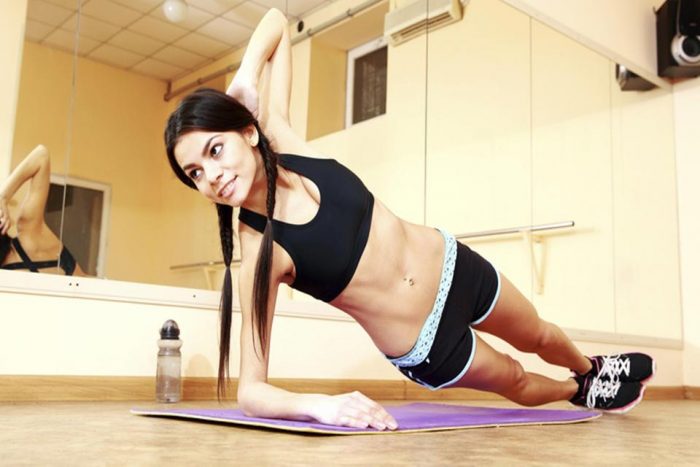Pilates exercises are well-known for their ability to help a participant recover from injury, which is what they were originally designed to do by Joseph Pilates. He based the exercises on certain movements from ballet and other regimes, adapting them to strengthen the core or abdominal muscles.
There is more to it than that, of course as the exercises also encompass breathing techniques to be done in conjunction with the movements. To get it right, much concentration and focus is needed, which in turn helps the person to sharpen their mental capabilities. Thus, Pilates is a holistic form of exercise that helps every part of the person, not just their body… Pilates is usually performed indoors, if you are looking for a challenging, outdoor equivalent of Pilates, then Boot Camp may be for you.
That said, the exercises themselves do a great deal to transform your body, since they were designed especially for repair. By strengthening the core or abdominal muscles a person’s balance and many other aspects needed for life are strengthened. It also strengthens the thighs, glutes and back, but not the arms.
Pilates also helps with flexibility and the mobility of joints, both of which help to strengthen you and enhance your balance. Balance plays an important part in keeping you safe and enabling you to do many daily activities, not to mention additional ones like exercises or playing sport.
Getting a stronger back is a big part of the transformation as the back is an integral part of your whole body. When the back is weak, the rest of your body is weak too. While Pilates is not a cardio workout, it will certainly make your muscles stronger, basically by using the weight of your own body rather than exercise weights.
Pilates is ideal for so many people because it is gentle and low impact. It will strengthen muscles, but not all muscles. For instance, calf and arm muscles won’t be getting much of a workout with Pilates. That said, for those who have let themselves become very unfit it is the ideal exercise regime and you can start as a beginner and work up to harder and more comprehensive and demanding exercises as you progress.
While they can be done at home, the beginner should go to a class so that the trainer can ensure they are doing it properly to prevent injury. Once you get the hang of it, you’ll be able to do it at home with the aid of a DVD, unless you prefer to be in a class.
If you have never done much exercise before, check with your doctor before doing any new exercise regime. However, Pilates is generally fine for those with arthritis, high cholesterol, high blood pressure and heart disease. Diabetics may need to avoid some of the exercises and adjust their diet, which is why they should consult a doctor first. Pregnant women should consult their doctor first.

